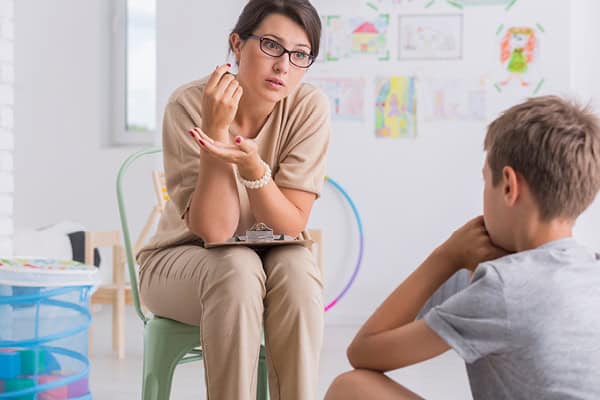Staff and students at Yates Elementary in Schenectady, N.Y., rarely end a conversation without uttering two words: “Choose Kind,” according to Education Week.
The phrase, written on signs throughout the school and spoken at the end of daily loudspeaker announcements, has become a motto for staff and students after nearly a decade of implementing social-emotional learning, which teaches students how to manage their emotions, cultivate healthy relationships, and foster empathy.
“The social-emotional language is built into everything we do, every interaction,” Principal Robert Flanders says. “Every special area, whether you’re going to PE or an orchestra lesson, you’re going to hear the same language. It’s going to be the same lesson. It’s not just a onetime thing. It’s embedded in everything we do.”
The strategy has gone far beyond improving student behavior at the school, which serves around 300 students in prekindergarten through 5th grade. It is the main ingredient in the school’s recipe for a positive climate and culture, in which the building feels safe; student misbehavior is quickly managed; and teachers are highly connected—to each other, to their students, and to the broader school community—and satisfied in their work, Flanders says.
Schools like Yates have increasingly turned to social-emotional learning as a strategy to address bad behavior, improve student well-being, and create a safer, more positive environment.
But although it’s a promising strategy, its effectiveness varies based on how—and how well—it’s implemented. Schools should ensure SEL is systemic and not limited to an isolated period of explicit instruction, customized to the community, and integrated into every aspect of instruction, said Tyrone Martinez Black, a practice integration specialist at CASEL, a nonprofit that helps schools implement social-emotional learning and advocates for policies and funding to expand SEL adoption.
The social-emotional-learning program at Yates began with Positive Behavioral Interventions and Supports (PBIS), a three-tiered framework that rewards and reinforces good behavior while creating a structure for staff to intervene when students show repeated, serious misbehavior. Seeing success with that program, Yates adopted the Second Step SEL curriculum, as it complements PBIS with lessons and content related to social-emotional skills.
Over the years, the school has evolved from limiting social-emotional-learning instruction to specific classroom lessons to embedding it into the overall environment, says Carrie White, a 2nd grade teacher and PBIS coach at Yates.
Students participate in daily circles in each classroom where they discuss their feelings; practice skills that help with learning, such as listening and following directions; and work on stress-relieving techniques through breathing exercises and meditation. The school also has a monthly assembly where students practice calming strategies, learn how to express their feelings, and reduce stress.
When SEL is systemic, students and adults in a school practice social-emotional skills, applying them throughout the day in a variety of situations so they become second nature, Martinez Black says.
It should also reflect the community, with schools allowing parents and caregivers to provide input on the kinds of skills their children should have, incorporating lessons that reflect the cultural diversity of the student population, and addressing shared trauma or challenges that are unique to the community.
Since 2015, Nevada has used its School Climate/Social Emotional Learning Survey to give students input on their school climate. The survey, administered in schools statewide each fall, asks students about their relationships with peers, teachers, and school leadership; their schools’ ability to include and respect students of different cultures and who speak languages other than English; their physical and emotional safety at school; and their own perceptions of their social and emotional competencies.
The state uses the results to provide social-emotional resources and extra help to schools where students indicate the environment might not be positive or conducive to learning, says Laronica Maurer, who oversees school climate and equity initiatives at Nevada’s education department.
“When you walk into a space and you just know, I feel important here, I feel valued here, I feel respected here: That’s how we want our students to feel when they enter the school,” Maurer says.
Education Week





